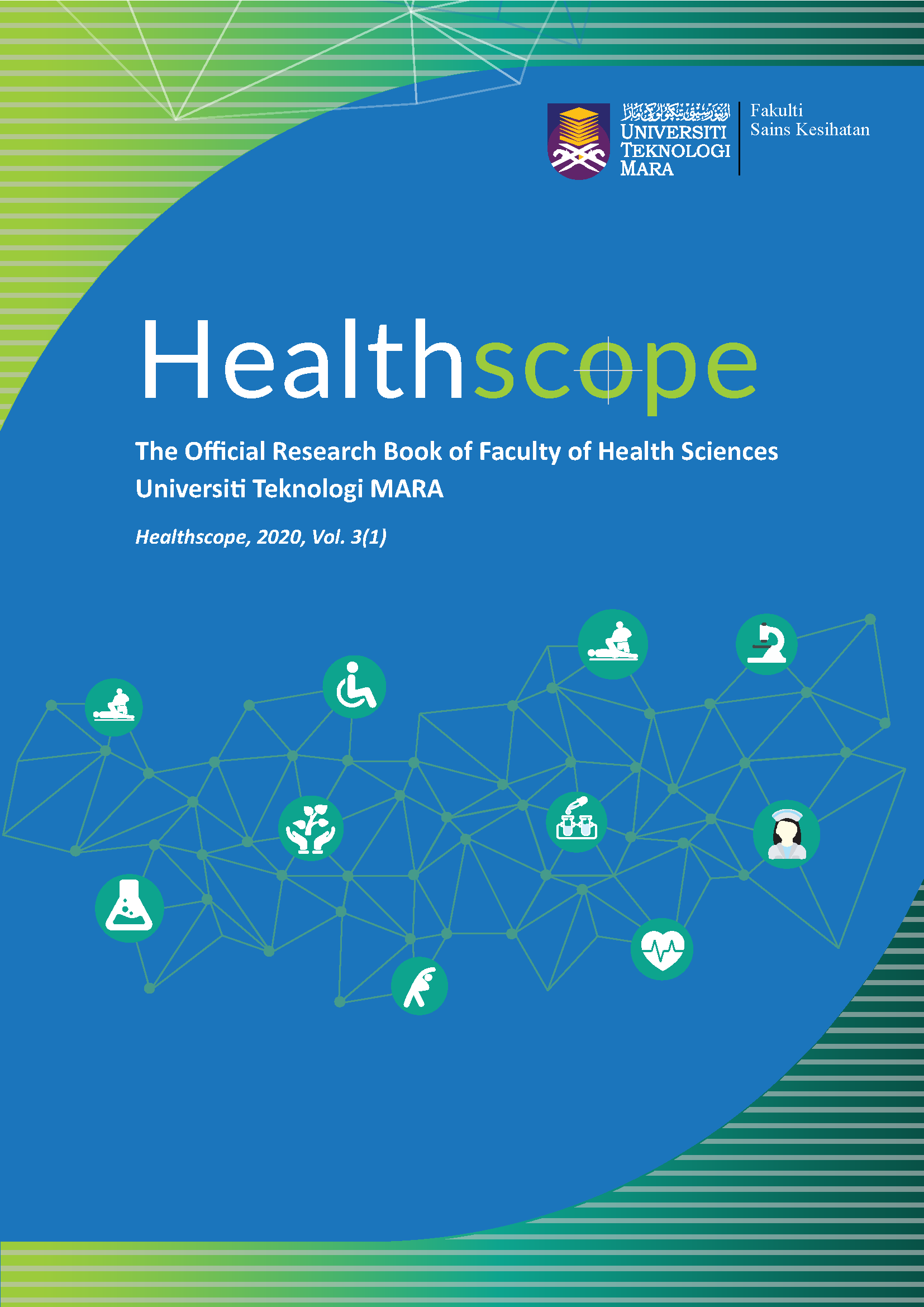Exposure to aerosolized fungi among collectors of recyclable and mixed residential wastes
Keywords:
aerosolized fungi, mixed residential waste, recyclable waste, waste collectorsAbstract
Bioaerosols may contain pathogenic, infectious and toxic live bacteria, fungi and viruses. Fungi constitute an essential part of the solid waste. Waste collectors have a high risk to the exposure of bioaerosols at their working environment. Various health impacts from bioaerosol exposure include allergies, acute toxic effects, respiratory symptoms and cancer. The objectives of this study were to quantify and compare the culturable aerosolized fungi exposure between recycle waste and mixed residential waste collectors, in addition to evaluate the influence of outdoor temperature and relative humidity to the concentration of culturable aerosolized fungi. A total of 40 exposure samples for each category were collected using an air sampling pump attached at the waste collector’s body. The colony forming units of culturable fungi were calculated after culture and incubation. Outdoor temperature and relative humidity were also recorded. Waste collectors to both categories of waste were exposed to high levels of culturable airborne fungi, however there was no significant difference between the airborne fungal exposure for recyclable (1.38 x109 CFU/m3) and mixed (1.60 x 109 CFU/m3) residential waste collectors. There was a significant strong positive correlation between fungal concentrations and temperature (r: 0.632; r: 0.819), but a negative correlation between fungal concentrations and relative humidity (r: -0.594; r: -0.799), for both recyclable and mixed residential waste respectively. The high concentration of aerosolized fungi exposed towards the waste collectors was influenced by several factors including the type of waste collected, collection truck, and manual handling as well as total hours of working and handling wastes.


